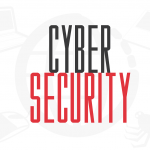by Information Technology Services
Currently, emails from K-State LISTSERV mailing lists bypass Spam check procedures. Beginning Monday, Oct. 2, LISTSERV emails will go through the same Spam check-in Office 365 along with the rest of our university emails. Information Technology Services (ITS) will only bypass emails from the spam checks if a reasonable case can be made for the need. The goal is to reduce K‑State’s exposure to spam and allow the spam protections in Office 365 to do their job.
look for messages from your LISTSERV lists in your Junk Email folder. If you find any, fill out this form to request a global settings change that will move those emails from your Junk Email folder into your Inbox folder instead. Requests will be considered on a case-by-case basis for approval.


 A vulnerability in
A vulnerability in